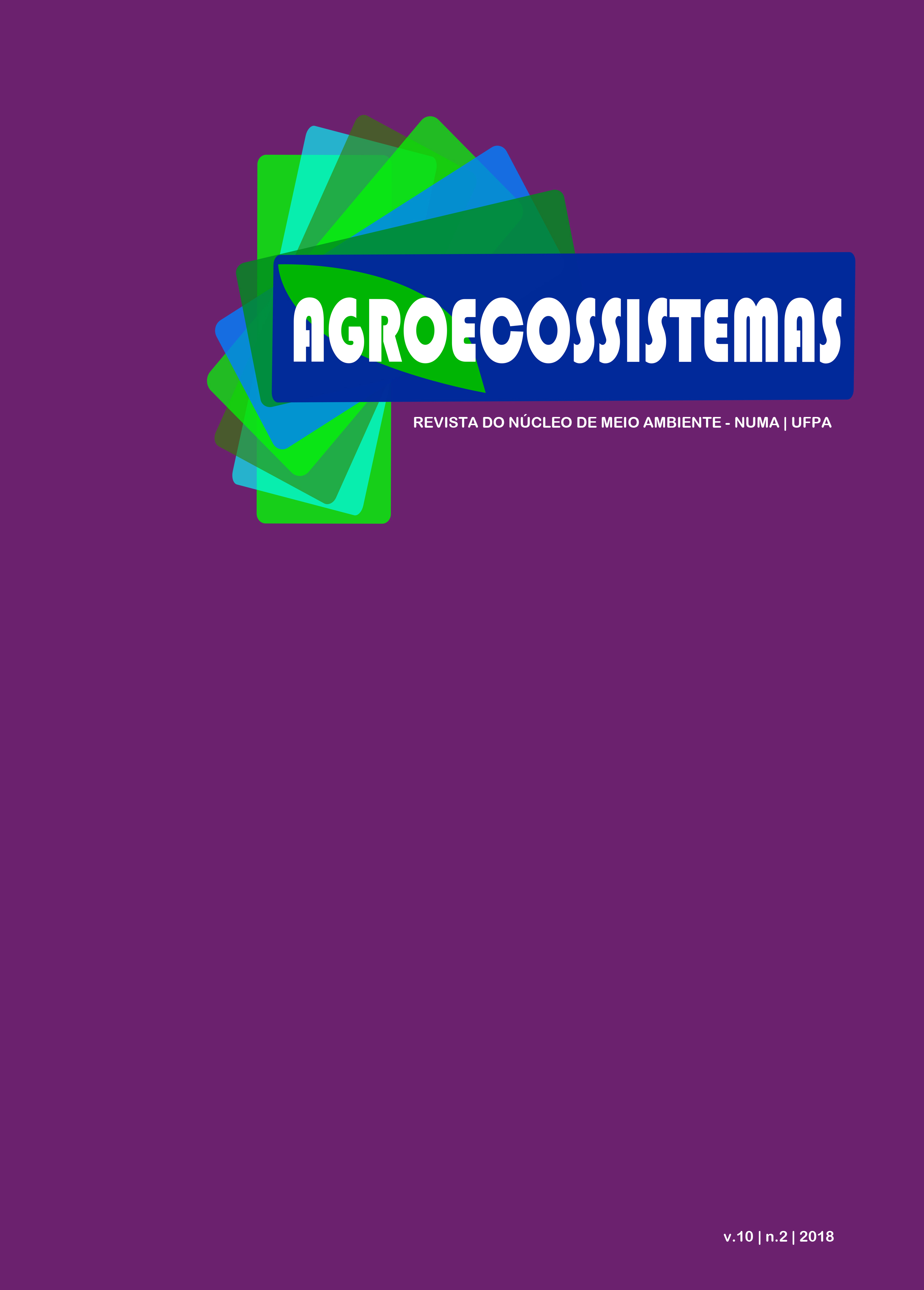STUDY OF THE DEVELOPMENT OF COCONUT CULTIVATION IN THE MUNICIPALITIES OF THE STATE OF PARÁ, IN THE MAIN BRAZILIAN PRODUCING STATES
DOI:
https://doi.org/10.18542/ragros.v10i2.5144Abstract
Originally from Southeast Asia, coconut (Cocos nucifera L.) came to Brazil in the mid-1950s, by the state of Bahia and spread throughout the Brazilian coast. Possessing two main varieties, the variety Typica and Nana, from which it is possible to obtain a great variety of products. Based on this, the present work aims to study the dynamics of the evolution of coconut cultivation in the main regions of Brazil, in the main producing states and in the main producing cities of the state of Pará. For this, a survey of secondary data of the IBGE on Harvested Area (ha), Harvested Area (ha) and Quantity Produced (Ton) for the years 2007, 2011 and 2015, to obtain greater variability and thus to observe the growth of the crop in the last nine years available and also because the year of 2007 marks the beginning of policies of incentive for coconut cultivation. It was possible to perceive that only the Northeast region presented growth in the area destined to Harvest, Harvest and Quantity Produced. And it was verified that Bahia was also the state that grew most in these same aspects. While in Pará, Tome-Açu and Moju are the municipalities that are in full growth of coconut cultivation. It can be concluded that Moju municipality which further advances in growth, due to its great potential investment in products extracted from the coconut.KEYWORDS: Economics, Modeling, Planting.Downloads
Published
2018-11-19
Issue
Section
Notas Científicas/Técnicas


